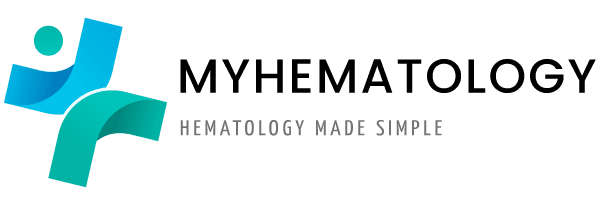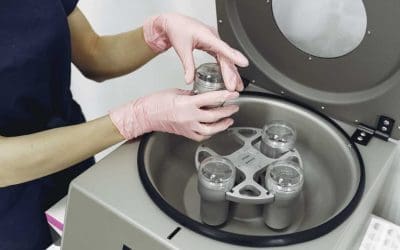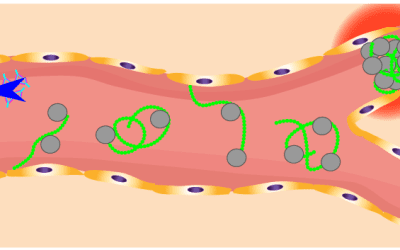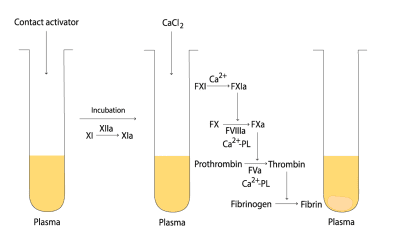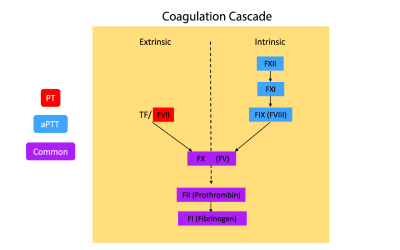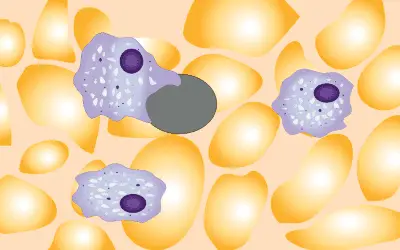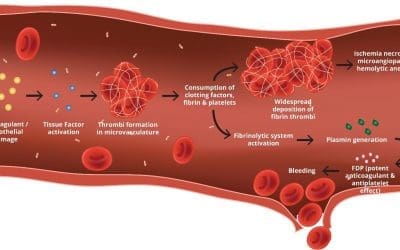A formation of an quick but unstable plug as a first response to stop bleeding. Our very own platelet patch.
Venous Thrombosis (VTE): A Sneaky Villain
Venous thromboembolism: Unilaterla leg pain with lungs at risk. Master Virchow’s triad (stasis, hypercoagulability, injury), recognize DVT & PE, and advocate for early diagnosis & prevention.
Arterial Thrombosis: A Silent Killer
Heart attacks, strokes, amputations: All linked to one silent threat. Explore the world of arterial thrombosis and learn how to prevent it.
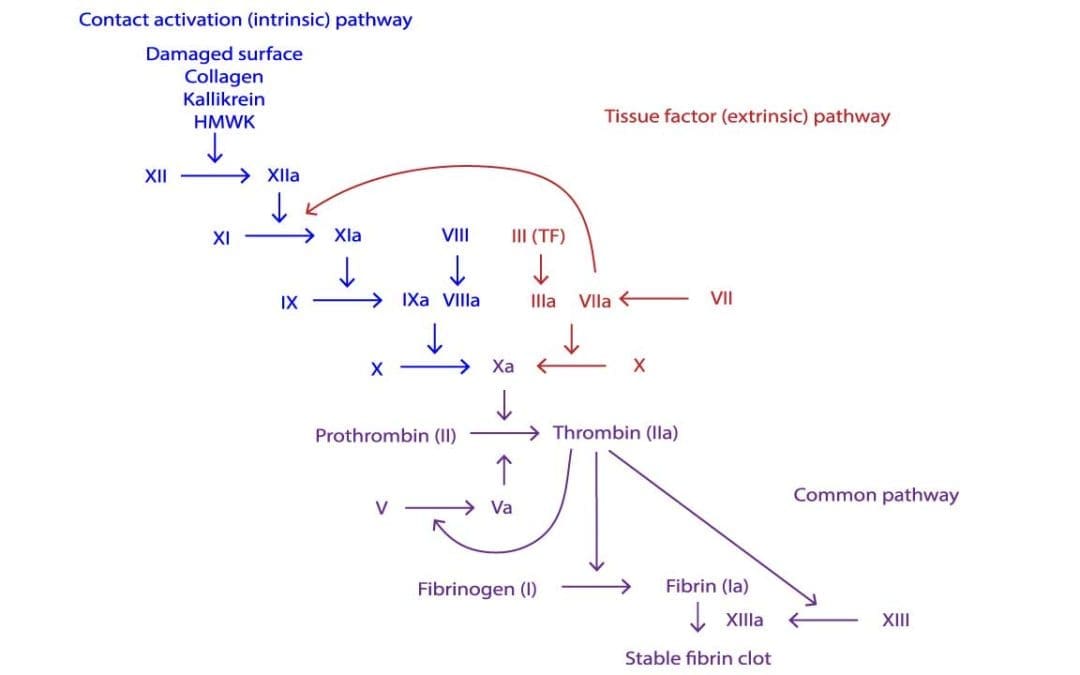
Secondary Hemostasis: Coagulation Cascade
Coagulation cascade creates a fibrin mesh that strengthens and stabilizes the platelet plug into a permanent clot.
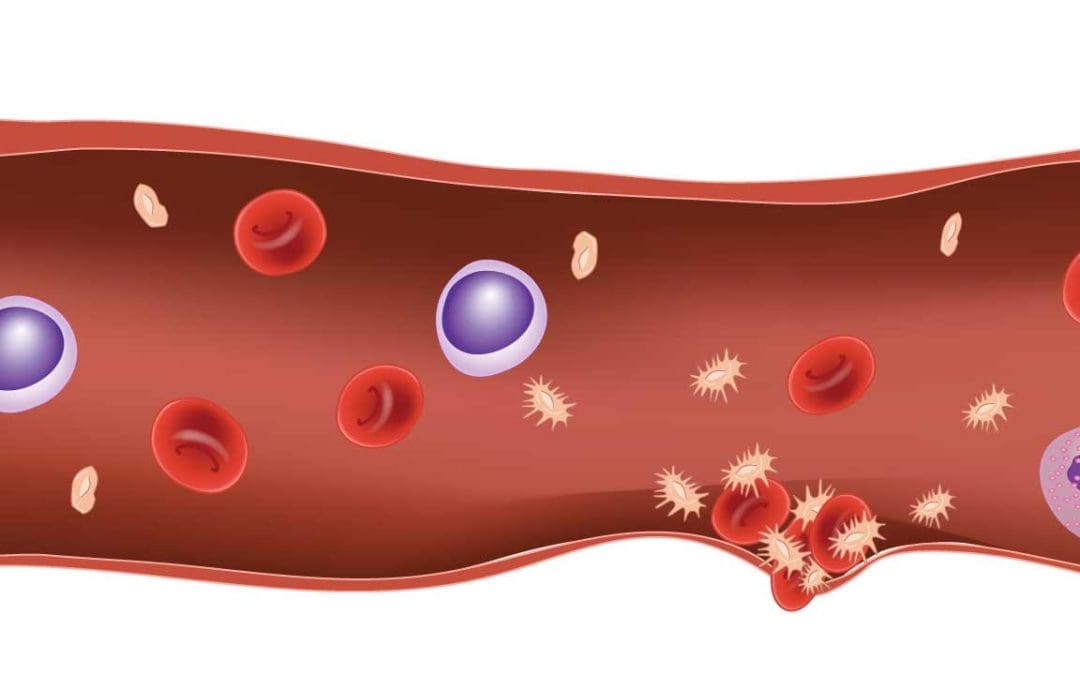
Primary Hemostasis: The Initial Plug
A formation of an quick but unstable plug as a first response to stop bleeding. Our very own platelet patch.
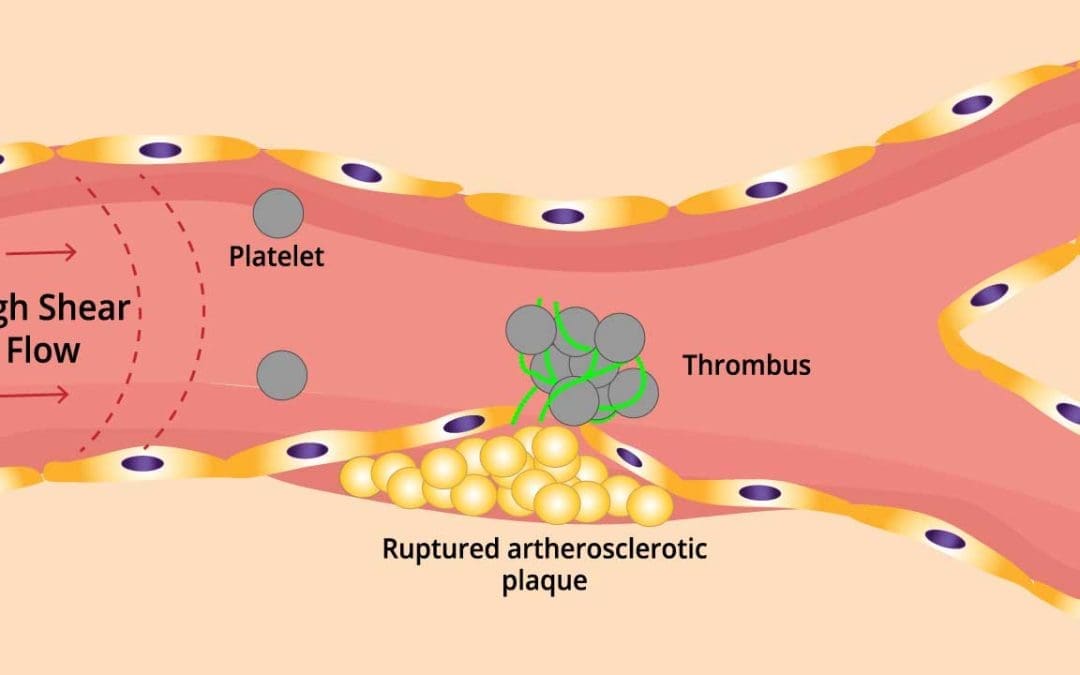
Arterial Thrombosis: A Silent Killer
Heart attacks, strokes, amputations: All linked to one silent threat. Explore the world of arterial thrombosis and learn how to prevent it.
Manual APTT Mixing Studies: Friends or Foe
Manual APTT mixing studies involve mixing patient plasma with normal plasma or specific factor concentrates to differentiate factor deficiencies from inhibitors
Thrombotic thrombocytopenic purpura (TTP)
Thrombotic thrombocytopenic purpura (TTP) is a rare and life-threatening blood disorder that causes blood clots to form throughout the body.
Activated Partial Thromboplastin Time (aPTT)
The APTT assay measures how long it takes for a blood clot to form by measuring the amount of time it takes for fibrinogen to be converted to fibrin.
Prothrombin Time (PT)
The PT assay is used to diagnose and monitor a variety of bleeding and clotting disorders by measuring how long it takes a blood clot to form.
Chronic Idiopathic Thrombocytopenic Purpura
Chronic ITP is a rare autoimmune disorder in which the body’s immune system destroys its own platelets.
Disseminated Intravascular Coagulation (DIC)
Disseminated intravascular coagulation (DIC) occurs when the blood coagulation system is overwhelmed causing widespread blood clots and bleeding throughout the body.
